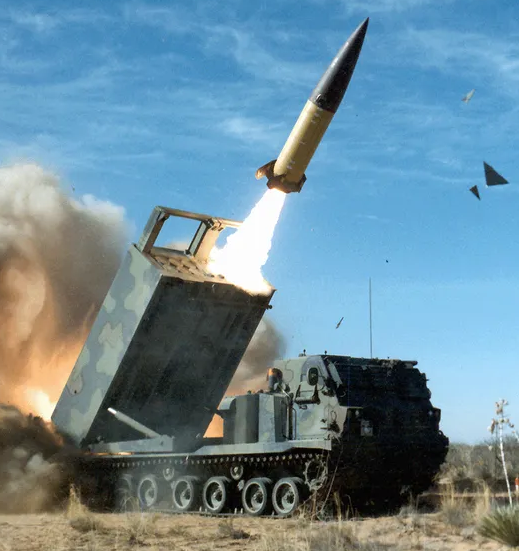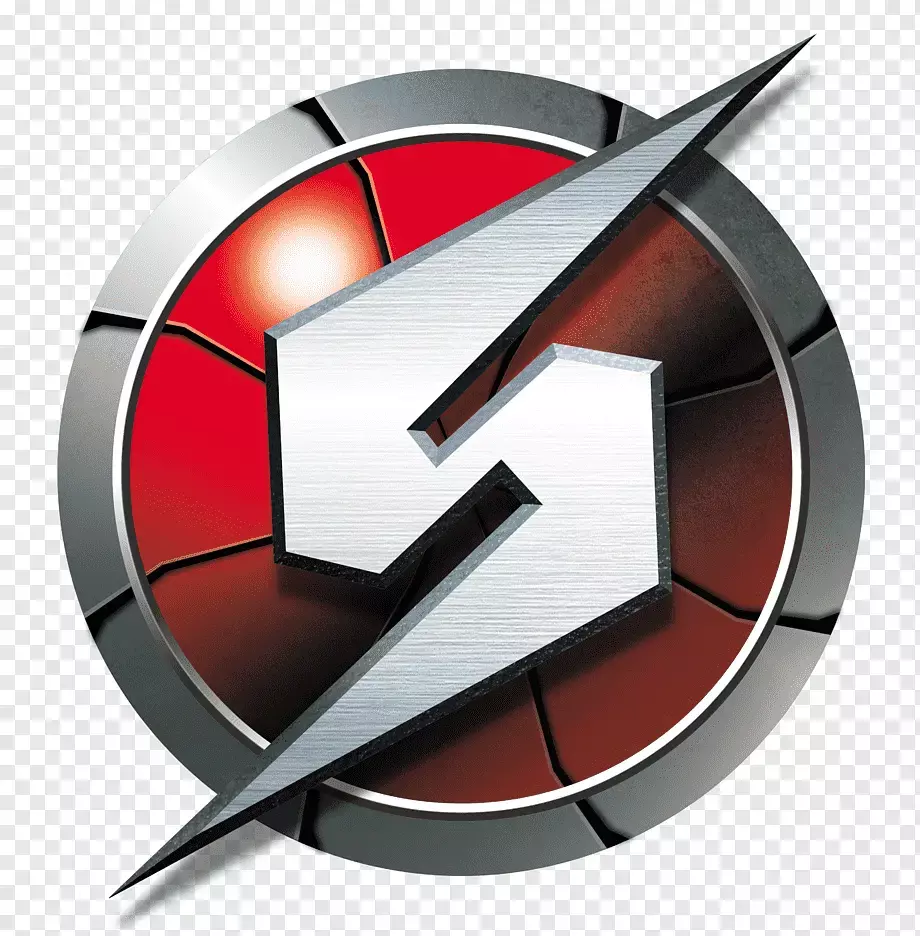- cross-posted to:
- memes@lemmy.ml
- cross-posted to:
- memes@lemmy.ml
Isn’t vram usually bigger than ram? Those pics should be switched.
EDIT: Oh, I took vram to be virtual ram, not video ram. It makes sense for video ram.
Mine certainly isn’t. 6GB vram, 16gb ram.
It depends on your definition of “usually”, high end GPUs for data centers, AI, workstations or “enthusiasts” yea. For these applications you’re starting at like 16
GPUs for us plebs, no
It’s also fairly cheap to buy 32+ GB of RAM, lots of choices for under $80. Meanwhile, I’m not even sure how you find a video card with 32GB of VRAM (not that you really need this much, 12GB and 16GB are pretty solid for a video card nowadays).
Afaik for consumers only the 5090 has 32GB VRAM. So you’re correct, practically impossible to find. And even if you find it, prone to spontaneous combustion.
For servers, it tops out at 288GB currently, with the AMD Mi355X.
Afaik for consumers only the 5090 has 32GB VRAM
Only if you don’t count Apple Silicon with its shared RAM/VRAM. Ironically a Mac Mini / Studio is currently the cheapest way to get a GPU with lots of vram for AI
And they cost more than a high end PC. I’m not spending $3k on a card that can go up in smoke. Not to mention all of the honest reviewers I’ve seen say it’s performance improvements are all smoke and mirrors.
https://www.nvidia.com/en-us/design-visualization/rtx-a6000/
48GB, so not enough. I want the A100 80GB.
Tbf, we should be starting with 16GB for gaming GPUs too, especially for those prices. But … NVidia.
But yeah, modern HPC Processors have at least 48GB or so. And max. is the AMD Mi355X with 288GB VRAM afaik. Which is actually less than my servers RAM, ha! But also probably like a thousand times fasted, considering my RAM runs at 1600 MT/s.
I’m seeing games today regularly hitting 11 GB, and that’s without raytracing or frame generation which require more VRAM.
The new 8GB GPU Nvidia just launched is a trap. It exists to trick people into buying a GPU that they’ll need to upgrade next year.
8gb of VRAM is still pretty good, but 8GB of RAM is getting pretty low these days. 16GB of ram and 6-8 VRAM is pretty common, and even that might go up relatively soon.
If you have an 8GB GPU that’s a few years old, it’s probably doing okay-ish. It probably doesn’t have the performance to really suffer from VRAM limits and you don’t game with things like raytracing or ultra detail settings turned on because the GPU isn’t fast enough for those things anyway.
My Vega 64 had 8GB VRAM and that was fine.
If you buy one of the new GPUs with 8GB though, the VRAM is a huge problem. You have the GPU power to have all the features turned on, but you’re going to see real performance crippled because it overflows VRAM.
Longevity is the other issue - when games released in 2025 run like ass on your 8GB GPU from 2017, you won’t be surprised. Bad performance from an 8GB GPU that released in 2025 for $500, that’s a problem.
Creating your swap as 2x your RAM is outdated advice. Now it’s essentially changed to be 2x until 4GB of RAM, then 1x until 8GB, and anything over 8GB just use 4GB of swap because you probably have enough RAM. Or, even some modern systems like Fedora will swap to zRAM. Which is just a highly compressed portion of RAM.
I think that recommendation came partly due to hibernation, where the ram is dumped to disk before powering off. Today, I’d probably use a swapfile instead.
Swap files are just a file version of the swap partition. I need a 24GB swap file to hibernate.
Normally you don’t even have that much virtual ram. It’s at most twice your system ram, but honestly past 8gb and you’re gonna want to start closing out of stuff.
8GB of registers.
What it feels like moving from x86 to ARM
Noone will ever need more than 640k of RAM
- no one
Achshully, you’re right
Newn
8gb of system ram is enough for a low end system (especially with Linux) and 8gb of vram is enough for 1080p gaming.
Same with 8 GB of L1 cache.
Like a MacBook
The reason why people didnt like 8gb of ram on MacBooks is because they charged premium prices for laptops with 8gb. Especially since you cant upgrade the ram. My Thinkpad has 8gb of ram but if I wanted I could upgrade to 16gb.
I know lol, I was taking a pot shot at apple for exactly that reason, no excuse for the insane pricing with such a restriction on it, not to mention it’s soldered in ram lol.
Still remember my first 500MB drive, thought I would never manage to fill it up
I remember being thrilled to move from floppies to a 16mb flash drive for my school assignments, even if I did have to constantly download and reinstall the USB Mass Storage drivers for the Windows 1998 sp2 computers in the library which reset every night. And the transfer speed was SLOW.
The fact that you can get a terabyte flash drive now, which can hold 62,500 of my school assignment drives, is mind blowing to me.
I always wanted the zip drives with 250mb capacity.
Those were pretty cool. My dad had a single one in a hard plastic case, I want to say it was like 100 MB or something? I loved how chunky and solid it was.
I do feel like it’d be cool to have a storage medium that at least feels like that again. Like sliding a big hot-swappable SATA SSD into a slot and getting a satisfying “kaCHUNK” and a little busy light.
At the very least that sounds like a good use for the front slots in a modern computer case, as you said allow hot swapping and it’d be a pretty good system for games in particular.
The meme don’t make sense. An SRAM cache of that size would be so slow that you would most likely save clock cycles reading directly from RAM an not having a cache at all…
Slow? Not necessarily.
The main issue with that much memory is the data routing and the physical locality of the memory. Assuming you (somehow) could shrink down the distance from the cache to the registers and could have a wide enough data line/request lines you can have data from such a cache in ~4 cycles (assuming L1 and a hit).
What slows down memory for L2 is the wider address space and slower residence checks. L3 gets a bit slower because of even wider address spaces but also it has to deal with concurrency issues since it’s shared among cores. It also ends up being slower because it physically has to be further away from the cores due to it’s size.
If you ever look at a CPU die, you’ll see that L1 caches are generally tiny and embedded right into the center of the processor. L2 tends to be bolted onto the sides of the physical cores. And L3 tends to be the largest amount of silicon real estate on a CPU package. This is all what contributes to the increasing fetch performance for each layer along with the fact that you have to check the closest layers first (An L3 hit, for example, means that the CPU checked L1 and L2 and failed at both which takes time. So L3 access will always be at least the L1 + L2 times).
I agree. When evaluating cache access latency, it is important to consider the entire read path rather than just the intrinsic access time of a single SRAM cell. Much of the latency arises from all the supporting operations required for a functioning cache, such as tag lookups, address decoding, and bitline traversal. As you pointed out, implementing an 8 GB SRAM cache on-die using current manufacturing technology would be extremely impractical. The physical size would lead to substantial wire delays and increased complexity in the indexing and associativity circuits. As a result, the access latency of such a large on-chip cache could actually exceed that of off-chip DRAM, which would defeat the main purpose of having on-die caches in the first place.
The first computer I bought had eight megs of RAM.
Mine got upgraded to a full meg.
I remember being thrilled with a 20 meg scsi hard drive I got as a kid.
I always thought it would be funny running an os from an usb stick.
Never would I have thought that there would be storage in the size of a stick exceeding the default configuration of a desktop pc.
2 TB in one small nvme drive?! Wtf. Amazing but also crazy.
You should check out Linux live USBs from nearly 2 decades ago then.
When my dad first saw an nvme drive he had to triple check what he was looking at BC in his old 70s computer brain there’s no fucking way something so small and unmoving can hold so much data, read/write it so fast, and all for a relatively cheap price.
Something I was able to do with my old OnePlus 3 phone, was use it as a Linux USB. It was a pretty neat trick!
It was really convenient to just snag a work laptop and boot it into Puppy Linux (which lives entirely in RAM) to browse around and such without my job looking too closely and being creepy about it.
Disclaimer
IT departments are various kinds of chill, scrutinizing, lazy, or pathologically psycho, YMMV greatly. Try at your own risk. Lol
I have an 8GB Ubuntu flash drive, so it’s certainly possible
that much cache could be detrimental to the speed of your CPU
The first hard drive I got had 20MB and it was glorious.
So I can boot up without a disk now?
The first one I used was 5MB. The OS on the machine (a CP/M version) didn’t know how to handle it, so it was partitioned as lots and lots of floppies. Not very useful.
How about the other way around?

Doesn’t shit like this happen because Japan or some other country requires physical media back ups on floppy?
My first was 500MB. I remember Stonekeep seemed enormous at 80MB.
My first computer didn’t have a hard drive at all (Apple IIe).
I had a conspiracy theory that it’s trying to communicate with me using morse code, but I was too lazy to learn it
Mine was 500 GB but that was in 2010.
thanks Nvidia, maybe 4gb VRAM is next
I have 3gb of VRAM.
I’m on 2 lol
I remember when this applied to 8kB.
What does 1GB of cache look like?

That’s a lot of cache! For a new battery :P
CPU or SSD cache?
CPU
Still god tier. Plus, it’s static RAM, which is faster than the dynamic RAM used in regular RAM sticks.
What about downloaded RAM?
Pretty sure the system would actually be FAR slower with 1GB L1 cache, the latency times would be insane. There’s a reason they are normally an order of magnitude less.
RAM on phones is ok, though.














